Honey Bee (Apis mellifera) Field Study
Introduction
Honeybees are of huge economic importance, vital for the pollination of many fruit, vegetable and seed crops.
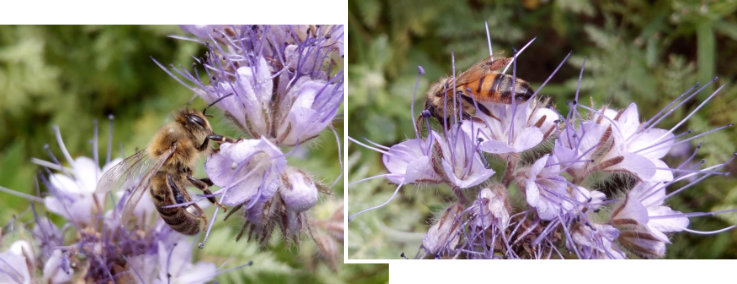
Field Study – Study Design
- The study design is according to EPPO 170 (4).
- The experimental design is a single dose with two treatment groups; an untreated control and a test item.
- The test field is about 2500 m2 for phacelia and about 1 ha for rape and mustard, with at least 2 – 3 km between each treatment.
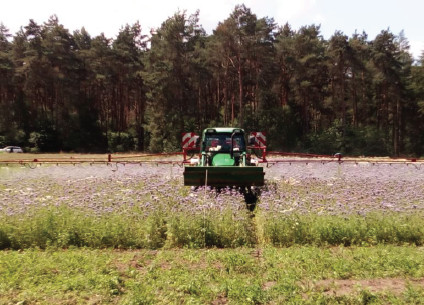
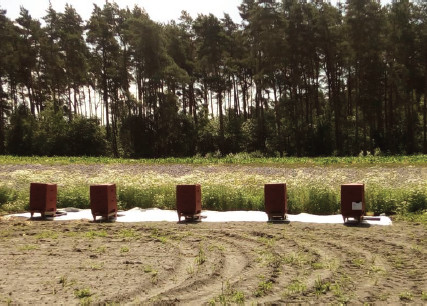
- The test is carried out with at least 4 colonies per treatment and approximately 10,000 honey bees per colony.
- A toxic reference is not suitable due to regulations prohibiting the application of chemicals known to be harmful to bees.
- No replicate per treatment.

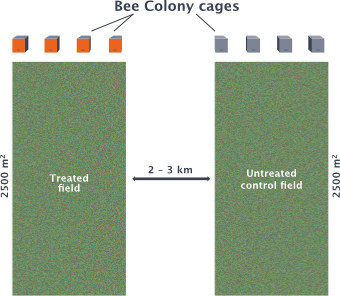
Semi Field Study – Study Design
- The study is designed according to OECD 75.
- The experimental design consist of three treatment groups; an untreated control, reference and a test item (minimum three replicates).
- Tunnel sizes of at least 40 m² are used.
- Colonies of 3000 – 5000 honey bees, at least 3 frames, and all stages of brood are used.

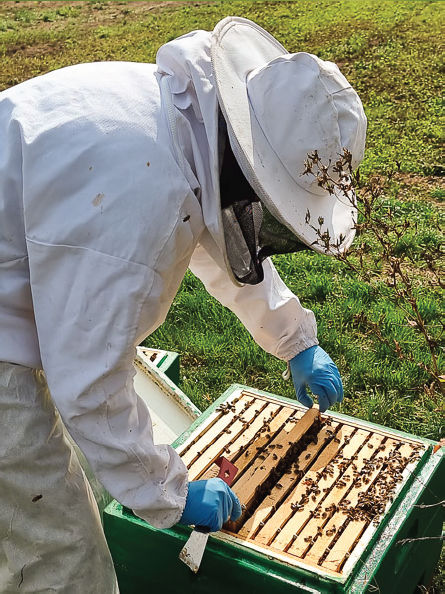
Assessment/Endpoints
- Mortality: Number of dead adult bees, drones, pupa and larva per dead bee trap and on the sheets.
- Foraging activity: Number of foraging bees per square meter.
- Colony development: Estimation of Comb area (%) covered with bees, filled with eggs, larvae, pupa, nectar and pollen.
- Bee behaviour: If present, abnormal behaviour is noted e.g., signs of intoxication.
- Varroa level: Number of mites per bee sample, one sample per colony.
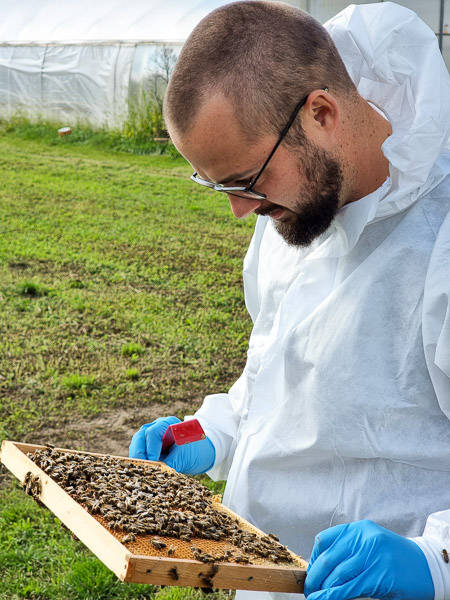
The results are carefully evaluated for possible differences between the control, test item and reference item.


